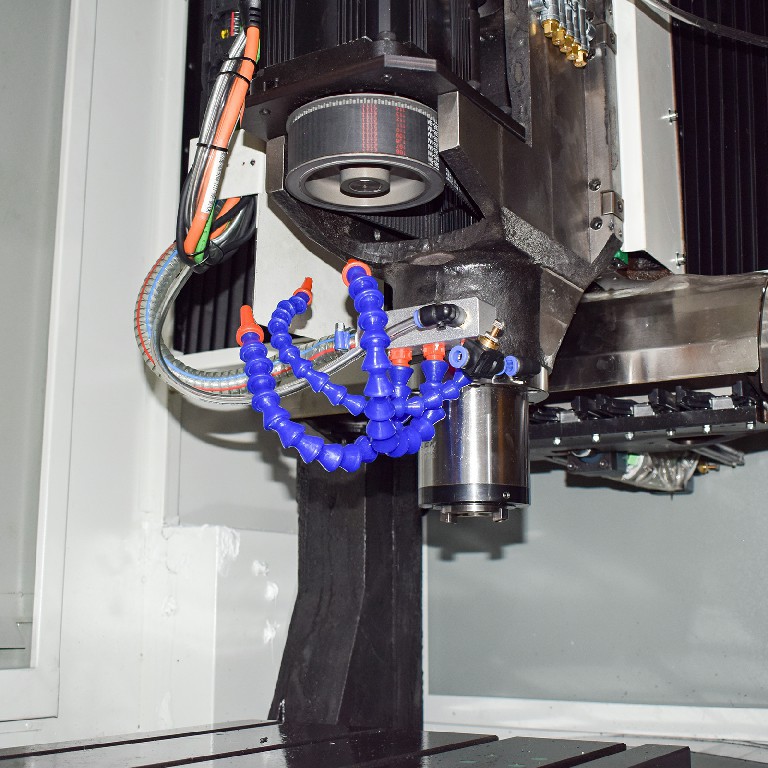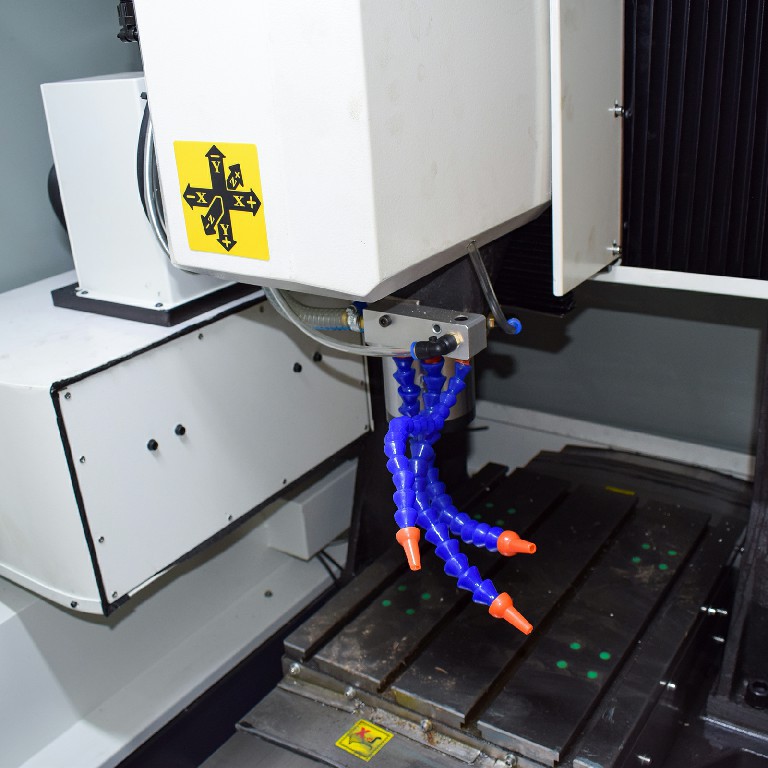Milling Machine Tool Selection:
When selecting milling machine tools, it's important to consider the specific machining requirements, the type of material being machined, and the desired outcome. Here are some factors to consider during tool selection:
1. Material Compatibility: Choose tools that are suitable for machining the specific material. Consider the hardness, toughness, and other properties of the material to ensure the tool can effectively cut and withstand the cutting forces.
2. Cutting Speed and Feed Rates: Determine the appropriate cutting speed and feed rates for the material and operation. Select tools that can handle the recommended speeds and feeds without excessive tool wear or breakage.
3. Cutting Tool Geometry: Different cutting tool geometries are designed for specific cutting operations. Consider the shape and design of the tool, including the number of flutes, cutting-edge geometry, and coatings, to optimize cutting performance and achieve the desired surface finish.
4. Tool Material: Choose tool materials that offer high wear resistance and toughness. Common tool materials include high-speed steel (HSS), carbide, and cobalt alloys. Carbide tools are particularly suited for high-speed machining and can withstand higher cutting temperatures.
5. Tool Size and Shank Type: Select the appropriate tool size and shank type (such as straight shank or taper shank) based on the machine's spindle and tool holder compatibility. Ensure the tool fits securely and accurately into the spindle.
6. Tool Versatility: Consider the versatility of the tool. Some tools can perform multiple cutting operations, such as roughing and finishing, reducing the need for tool changes and increasing efficiency.
Milling Machine Tool Maintenance:
Proper maintenance of milling machine tools is crucial to ensure their longevity and performance. Here are some maintenance practices to follow:
1. Regular Inspection: Regularly inspect the cutting tools for signs of wear, damage, or dullness. Replace worn-out or damaged tools promptly to maintain machining accuracy and prevent tool breakage.
2. Cleaning: Clean the tools after use to remove chips, coolant residue, and other contaminants. Use appropriate cleaning methods, such as air blasts or brushes, to avoid damaging the tool.
3. Storage: Properly store milling machine tools when not in use. Protect them from moisture, corrosion, and physical damage. Use tool holders or toolboxes to keep the tools organized and easily accessible.
4. Sharpening and Reconditioning: Sharpen or recondition the cutting edges of the tools when they become dull or worn. Follow the manufacturer's guidelines for sharpening angles and techniques, or consider professional tool reconditioning services.
5. Tool Calibration: Periodically calibrate the tools to ensure their dimensions and cutting geometry are accurate. This helps maintain machining precision and surface finish quality.
6. Operator Training: Train the machine operators on proper tool handling, installation, and maintenance procedures. Educate them about tool selection, optimal cutting parameters, and safety precautions.
By following these tool selection and maintenance practices, you can maximize the performance and lifespan of milling machine tools, ensuring efficient and reliable machining operations. Additionally, consult the tool manufacturer's recommendations and guidelines for specific tool care instructions.
 |
 |

